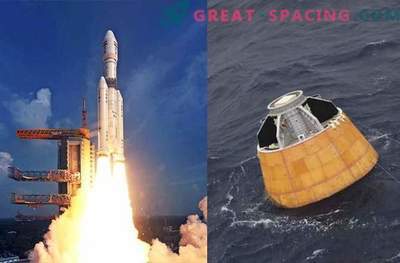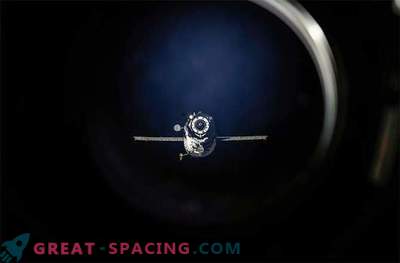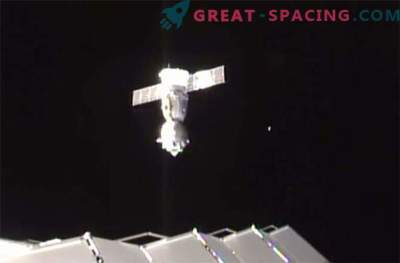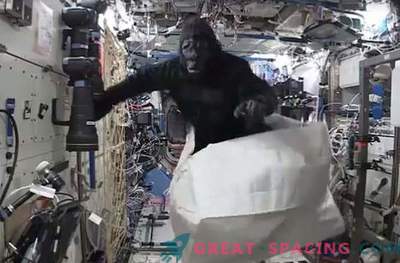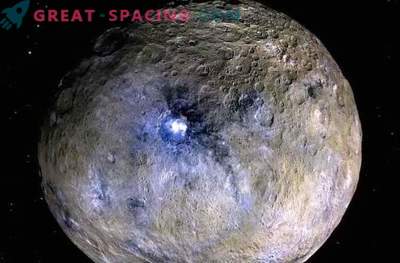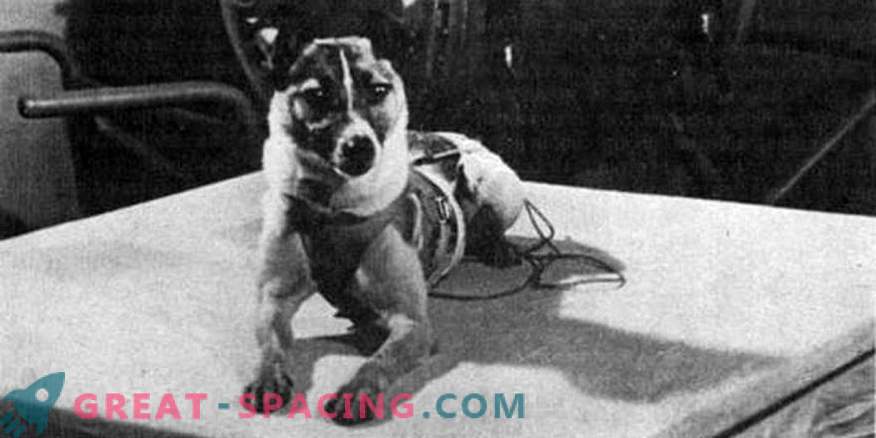
Participants in the launch of the Laika dog into space recall how, with tears in their eyes, they were escorting everyone's favorite. This is a common mongrel, which managed to break into the history of space exploration.
The USSR launched Laika on November 3, 1957. But not everything went according to plan, so the dog lived only a few hours, completing 9 flights around our planet. In fact, it made her the first cosmonaut who sacrificed his life in the name of science. For Nikita Khrushchev, this was one of the ways to humiliate the Americans in the space race.
Before the flight of the Laika, several dogs were sent to the suborbital space for a few minutes to assess the level of survival. The capsule covered only 80 cm, so the animals were initially uncomfortable. To fix this, the researchers had to constantly put them in smaller cells and train them to compact space.
Also, subjects were tested for a long time in a centrifuge and fed with sweetened space rations.
Laika was caught on the street when she was 3 years old and her weight was 6 kg. For the selection of selected females, because they need less space. Scientists stopped at the mongrel, as they have a higher level of survival and fewer requirements.
Overheating and exhaustion
Absolutely everyone knew that the dog would die in flight, because then it was not possible to return it to Earth. The satellite with Laika was launched from Kazakhstan, where the Baikonur space center will appear later.
At first it seemed that everything was going fine. Of course, Laika's heart rate increased, but after 3 hours he returned to normal. Problems began in the 9th orbit, when the capsule was heated to 40 ° C due to poor protection from cosmic radiation.
Scientists had hoped that the dog will live 8-9 days, but she died from dehydration and overheating in a few hours. However, Soviet radio stations continued to insist that everything was fine with the “astronaut”. Nobody wanted to talk about painful death, so they wrote in official reports about the addition of poison to food. April 14, 1958 (5 months later), the satellite burned down in the atmosphere.
The first living animals that returned are Belka and Strelka, which started on August 19, 1960. It was the success of this mission that allowed Yuri Gagarin to launch into space in 1961.






